Flooding in south central Montana has closed the north and northeast entrances to Yellowstone National Park, hindering tens of thousands of people's summer trips. But for Red Lodge, a small city not far from the park's north entrance, the disaster has reshaped their livelihoods and entire community.
Kristen Cogswell had been mayor of Red Lodge, which had a population of under 2,300 in the 2020 census, for only about five and a half months when the flooding began late on June 12.
With a background as a teacher and attorney, she spent those months trying to learn the additional skills needed to be an effective mayor. Knowing how to respond to floods wasn't one she anticipated.
Flooding isn't known to be a problem in the region. Carbon County commissioner Bill Bullock talked with families who have roots in the area going back to the 1800s, and said there's never been an event like this.
"Tell me who has experience in dealing with a 500 year flood? Besides Noah," Cogswell told NPR over the phone.
Rock Creek runs alongside and through the city, and rises every spring because of snowmelt from the nearby Beartooth Mountains and Absorka Range, according to Bullock.
On June 12, Cogswell and her husband drove around looking at how high the water was with no idea what was to come. She was watching a movie that evening when she got a call from a city council member advising her to get down to the flooding site.
Later, she was in meetings with other officials when the roads started caving in. They had to decide who to evacuate. It was "go go go" until there was nothing more they could do, Cogswell said, and she didn't get home until after 3 a.m.
"One of the things that I'll never forget is listening to the boulders in the river bash into each other, like some bowling lanes to the gods or something," Cogswell told NPR. "You could hear hundreds of them that never stopped when that river was pulsing through."
Gena Burghoff, 46, owns the restaurant PREROGATIvE Kitchen in Red Lodge. She said she woke up to that same sound at around 3:30 a.m.
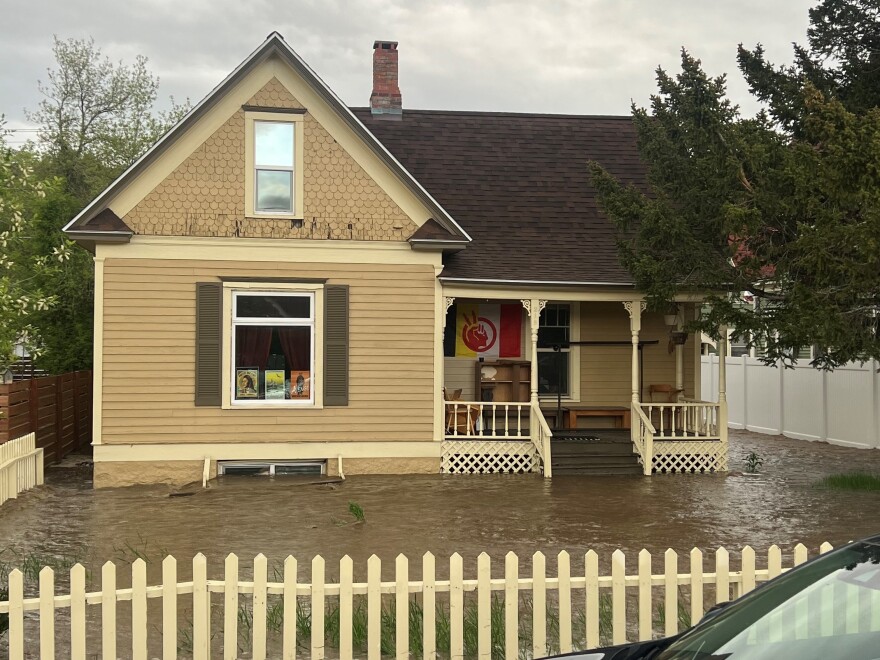
Burghoff said the water was moving so quickly that 40 foot fir trees were being carried down Broadway, a main street in Red Lodge, at 15 to 20 miles per hour.
"Broadway looked like a riverbed," Cogswell said. Her husband even encountered a man who was catching fish to put them back in the river.
A vulnerable community
The flooding, which President Biden declared a disaster on June 16, has slowed, but locals say it hasn't fully stopped. It's made Cogswell aware of how vulnerable Red Lodge is.
With only one highway, U.S. 212, running through the city, even a single bridge or road out of commission could leave residents isolated from outside resources. Bullock, the Carbon County commissioner, said eight to 10 public bridges and between 12 and 15 private bridges have been washed away in the flood.
Metalsmith Kristin Groener, 37, has lived in Red Lodge for two years. Her downstairs neighbor had to kick out a window to escape the water filling his apartment — the force of the rushing water on his door made it impossible to open.

"It feels to me that the recent snowstorms in the mountains, combined with the warm weather and heavy rainfall, would have implicated the possibility of heavy flooding," Groener told NPR. She knows it was an abnormal event, but wonders if it could have been better anticipated.
Cogswell said the people of her town have been tough about what they've lost in the flood, from old family photos to their favorite clothing. All of Groener's journals were destroyed, which she describes as years of memories lost.
"When you drive down over to the flood affected areas, you know, there's a lot of broken homes and broken futures," Cogswell said.
In the second of many town meetings held at Red Lodge High School after the initial disaster, Groener said a local man stood up and asked the attendees to raise their hand if they didn't have flood insurance. Everyone raised their hands. Many in Red Lodge didn't have renter's insurance either.
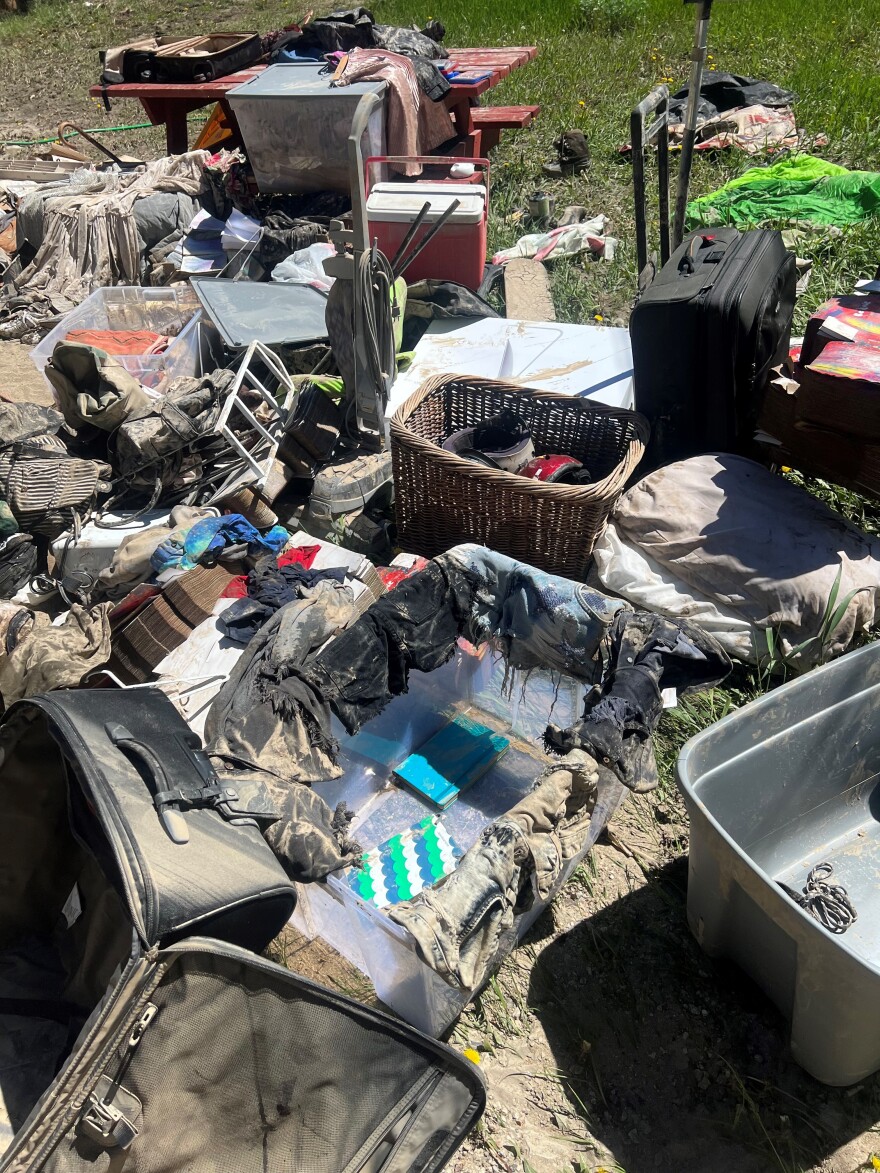
The town had been among the many Montana communities suffering from a housing crisis. Homes are expensive and hard to find. The average rent for a single bedroom apartment is $1,610, according to the site Apartment Home Living, and Realtor.com reports the median listing home price as $580,000, and "trending up 35.2% year-over-year."
This in a city where the median household income was $49,286 in 2020, according to Montana demographics by Cubit.
This flood could create opportunity for more housing, Cogswell said. The locals largely support affordable housing, and changes in the last zoning review mean that a more diverse range of living units, such as garage apartments, are now an option.
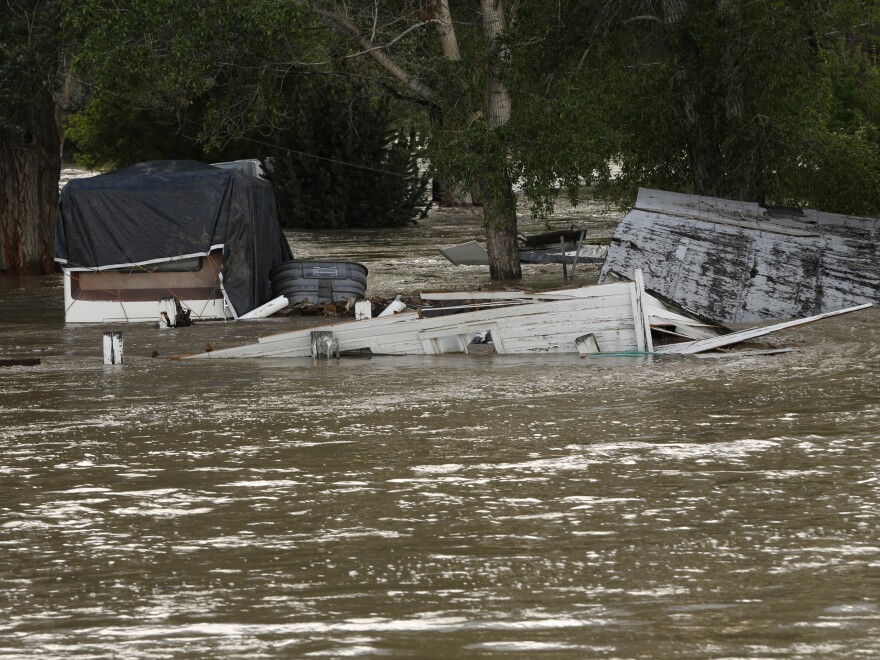
Cogswell also hopes to incorporate more sustainable development while rebuilding.
"For the creek to rise up and just knock us down," she said, "even those of us who are trying to be good stewards — you know, it's saying, 'That's not enough people! You're gonna have to do more.'"
A long road ahead
In order to rebuild, many locals need the economy to recover. Cogswell says the flooding was a crushing blow to their tourism industry, which Red Lodge almost completely relies on.
Kristin Groener said the flooding split up the town between those who want to let tourists in to support the local economy and those who fear the presence of tourists may get in the way of rebuilding efforts. Ultimately, tourists have been welcomed back to give businesses a chance at survival.
"We have to make X amount of money by the end of September, when [the Beartooth] pass generally closes, mid-October, to make it through winter," restaurant owner Burghoff said. "If we don't hit those numbers, we will not make it."
A friend of Burghoff's owns five restaurants in the area, and told her they were out $100,000 in lost business in just two weeks. Even the tip money from those profits alone, Burghoff points out, is tens of thousands of dollars that didn't enter the local economy.
For the past two years, with COVID-19 and then wildfires, Burghoff said it was extremely common for business owners to take out loans to stay afloat. Continuously asking for help has been emotionally exhausting.
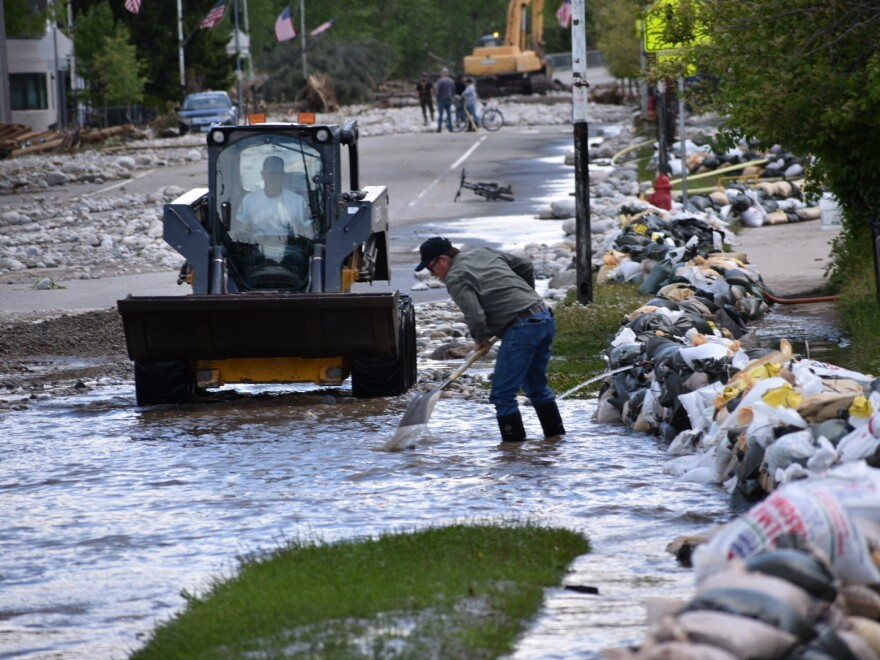
A small group of locals make up the "economic recovery team," Burghoff said, which aims to figure out how to market the city as a destination in itself, instead of a stopover for those visiting Yellowstone.
With celebrated restaurants, Yellowstone Wildlife Sanctuary and the oldest operating movie theater in the state all up and running again, Cogswell said the Red Lodge community wants people to come back and see not only that they're okay, but they're going to be better than they were.
A week after the flooding, Cogswell considered Red Lodge to be in pretty good shape, which is why she's confident they'll be able to hold every event they had scheduled for the coming months.
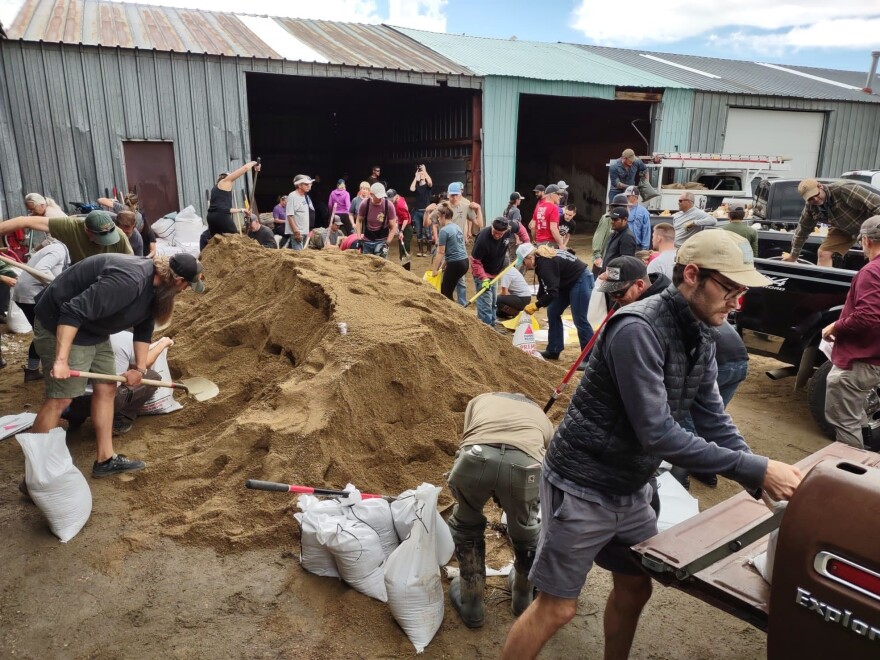
Some good may come out of the flooding: Over the years, Burghoff said, residents of Red Lodge may have had their differences, but they've been able to work together for the greater good of their city.
"When this flood hit, it 100% replaced my faith in society. Everyone came out to help," Burghoff said. "No one even thought about talking about politics. ... And I think it was really important for that to happen in this community. Because the past couple of years have been pretty painful."
Copyright 2022 NPR. To see more, visit https://www.npr.org.


